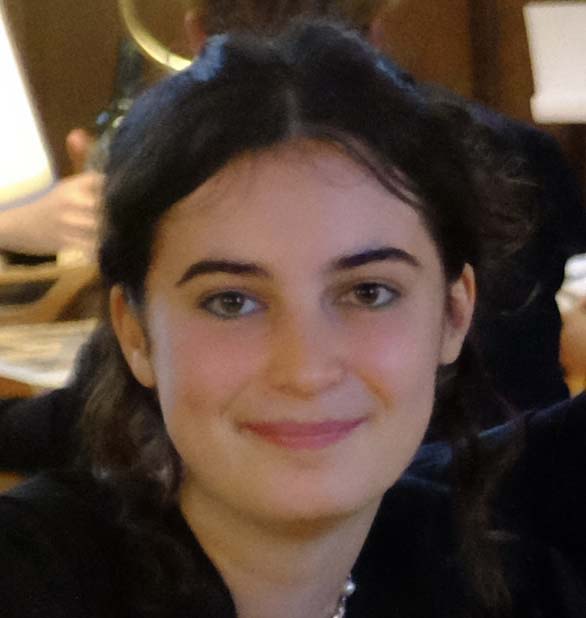From January to April 2025, I had the opportunity to study at the KNIR, supported by a KNIR scholarship for preparing a PhD project. In this ten week period, KNIR’s library, its professors, and the other students I met there were invaluable in the process of shaping and re-shaping my PhD proposal. The opportunity to debate my research with other students, to learn about the research of others in my field, and to visit nearby ‘Etruscan’ towns key to my research, like Tarquinia and Viterbo, enriched not only my proposal but also my sense of my future in academia. Having studied Classical Archaeology and Ancient History at the University of Oxford (BA) and Art History at the University of Utrecht (MA), the KNIR’s diverse, interdisciplinary environment was also particularly important to me and to my research, which spans both of these fields.
In September I will be starting my PhD research in the History of Art at University College London under the supervision of Professor Alison Wright and Dr. Corinna Riva. My project will examine the afterlives of often-overlooked Etruscan antiquities, artworks and archaeological sites in Italian cities such as Mantua, Ferrara, Verona, Tarquinia, and Rome, foregrounding the ways in which Etruscan artefacts and monuments were received and defined beyond Tuscany in the Renaissance. Looking in particular at the ways in which ‘Etruscan’ artefacts were integrated into visual and literary imaginings of local and regional origins, or ‘archaeo-folklores’, it will challenge the traditional conviction that the Renaissance ‘revival’ of Etruscan antiquity was an inward-looking, overwhelmingly Tuscan phenomenon. In fostering a greater understanding of what constituted ‘Etruscan’ heritage in the Renaissance, this research will also highlight the continuing potency of Etruscan art in shaping modern Italian national and regional, cultural and political identities: reinventions, not inventions, of tradition. I am hugely grateful for the support I received from the KNIR and its community in developing this research.
